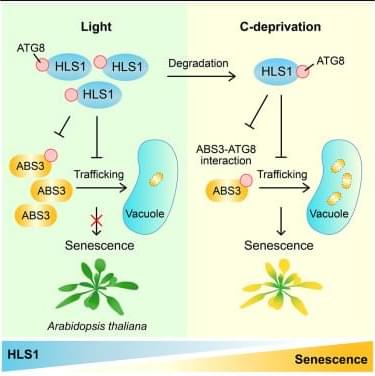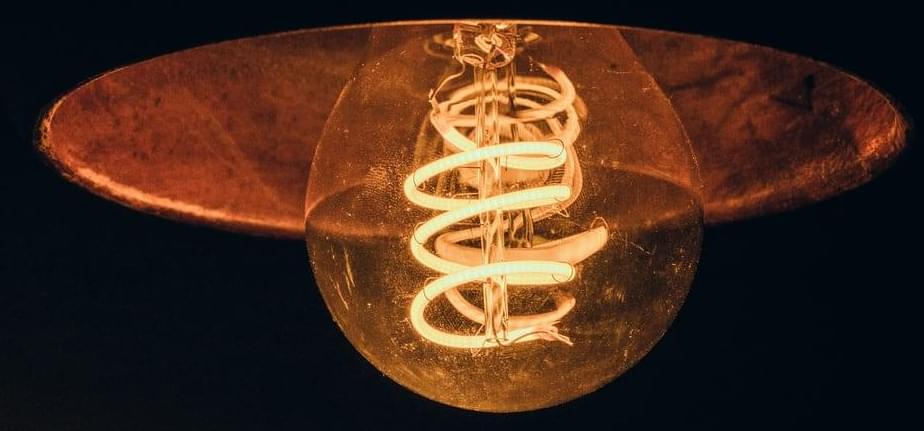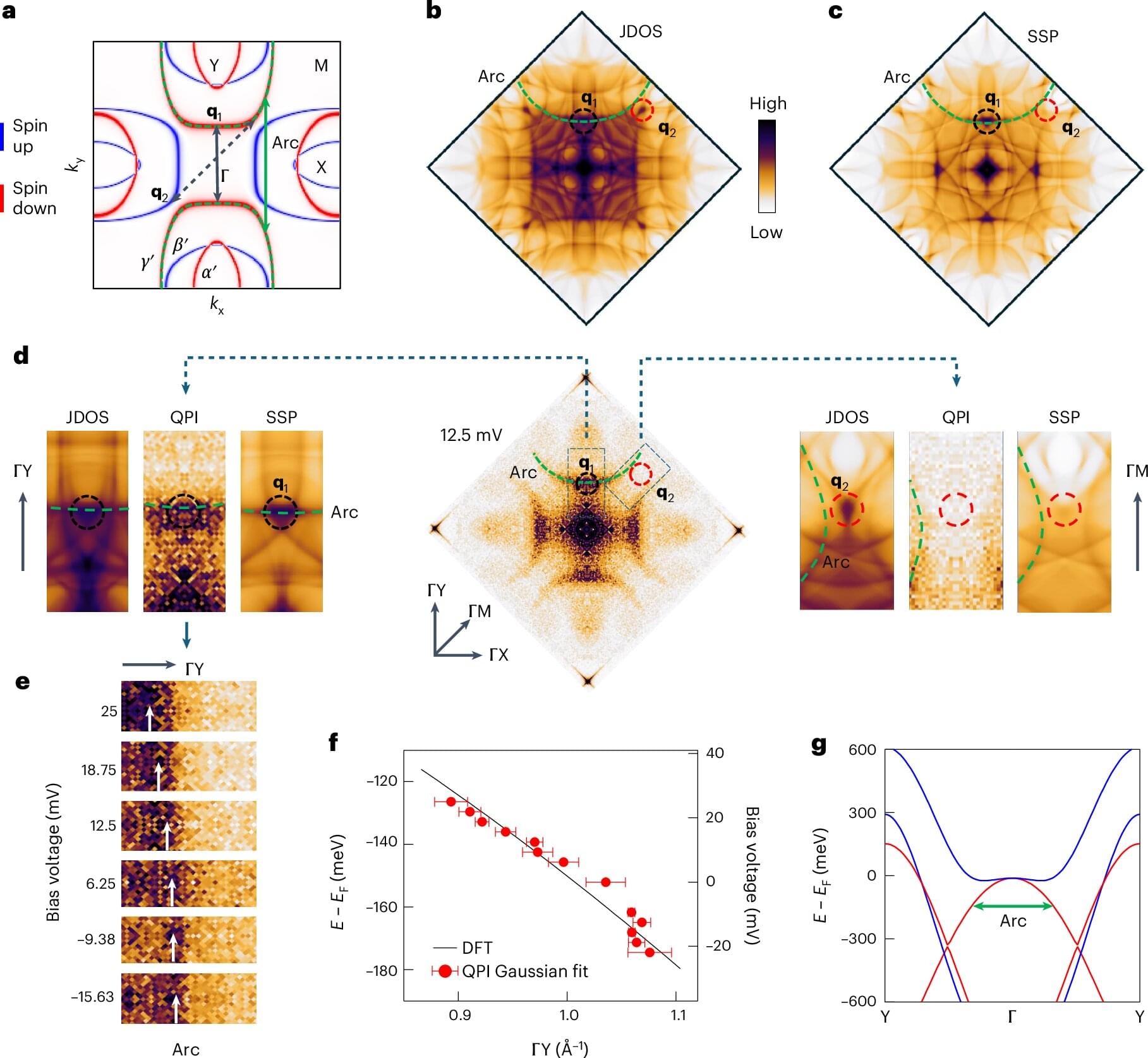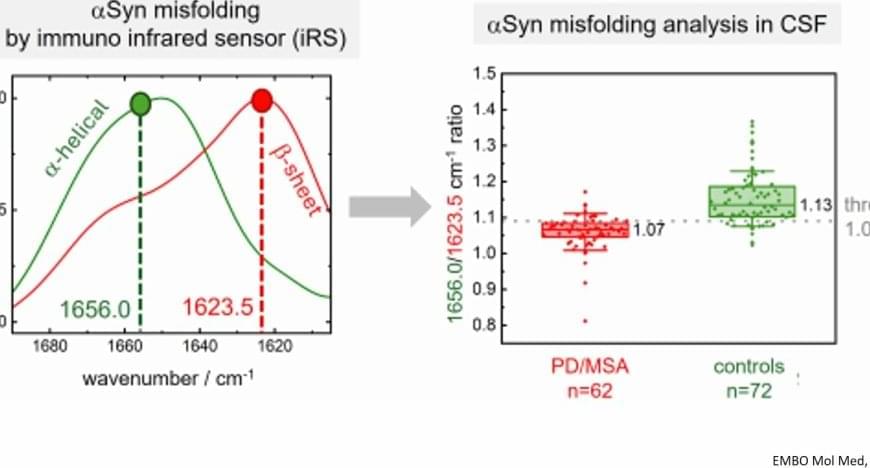Fermat’s last theorem, statement that there are no natural numbers (1, 2, 3,…) x, y, and z such that x^n + y^n = z^n for n greater than 2.
Category: futurism – Page 4
Hypergravity refers to environments where the force of gravity greatly exceeds what we experience on Earth.
Over the next three years, Cultivarium will weave fungi and archaea into the fabric of a healthier, cleaner, and more resilient world.
Lei et al. show that HLS1 negatively regulates plant senescence and the ABS3-mediated senescence pathway by interacting with ATG8 and attenuating the ABS3-ATG8 interaction and the ability of ABS3 to promote senescence. Their study provides insights into the functional link between HLS1, ABS3, and ATG8 in plant senescence regulation.
Ethel Caterham was recognized on April 30 as the oldest living person after the death of 116-year-old nun Inah Canabarro Lucas
Altermagnets, which exhibit momentum-dependent spin splitting without spin–orbit coupling (SOC) or net magnetization, have recently attracted significant international attention.
A team led by Prof. Liu Junwei from the Department of Physics at the Hong Kong University of Science and Technology (HKUST), along with their experimental collaborators, published their latest research findings in Nature Physics, which unveiled the first experimental observation of a two-dimensional layered room-temperature altermagnet, validating the theoretical predictions in Nature Communications made by Prof. Liu in 2021.
The realization and control of spin-polarized electronic states in solids are crucial for spintronics for encoding and processing information. Spin polarization is typically generated by coupling an electron’s spin to other degrees of freedom, such as orbital or magnetic moments.
A new gene therapy reversed heart failure in pigs by repairing heart function through cBIN1, showing major promise for future treatment.
A new gene therapy has been shown to reverse the effects of heart failure and restore heart function in a large animal model. The treatment increases the heart’s ability to pump blood and significantly improves survival rates. A paper describing the results calls it “an unprecedented recovery of cardiac function.”
Heart failure is currently irreversible. Without a heart transplant, most treatments aim only to reduce the heart’s workload and slow the progression of the disease. If this gene therapy produces similar outcomes in future clinical trials, it could offer a way to repair the hearts of one in four people expected to develop heart failure during their lifetime.









